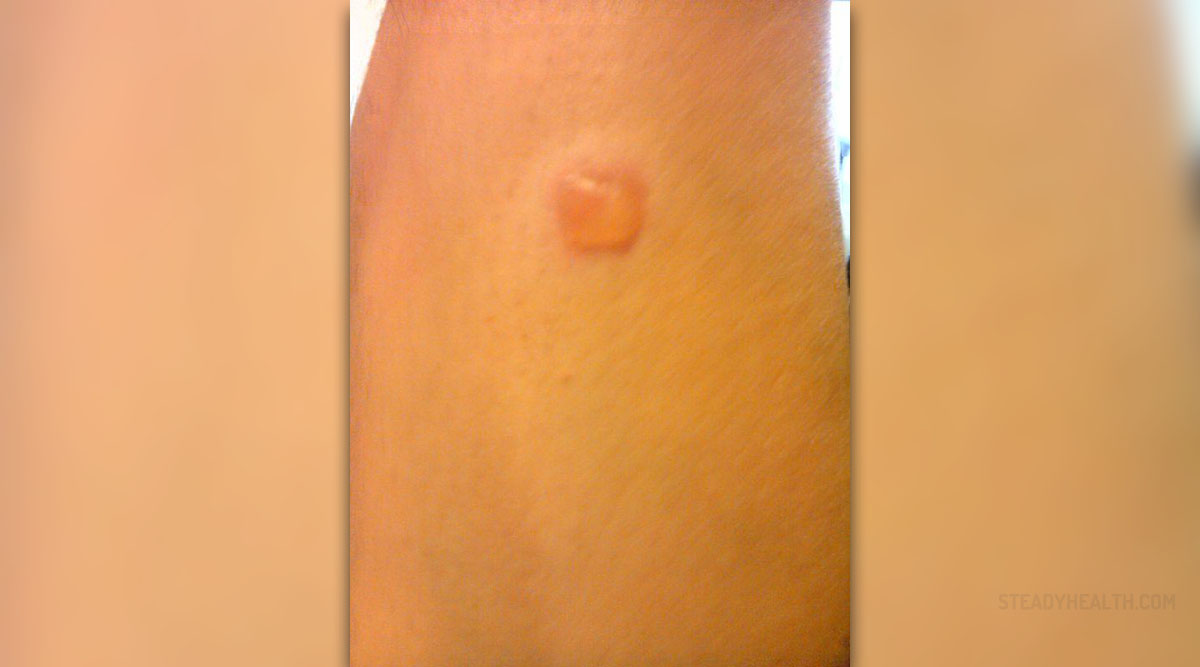
Acute Retinal necrosis is a serious medical condition responsible for uveitis and retinal detachment. It can also cause blindness in a certain number of patients.
Retinal Necrosis Clinical Characteristics
This condition typically affects immunocompromised individuals. In the very beginning patients complain about periorbital pain, the affected eye is red and their vision hazy and decreased. Around the eyes or on the other parts of the face doctors can confirm the areas covered with skin changes that occur during primary varicella or herpes zoster infection. These two infections are responsible for a variety of symptoms and signs and may trigger severe acute retinal necrosis or be triggers for slow progression of necrotizing or nonnecrotizing infection.
Clinical Findings
During an eye examination a doctor can confirm the presence of episcleritis and scleritis, keratic precipitates (fine or granulomatous) and occlusive retinal vasculitis affecting both, veins and arteries. Examination of the retina reveals one or more foci of retinitis which progress into necrosis and are separated from the healthy retina by discrete borders. Acute retinal necrosis may be additionally accompanied by vitritis and optic neuropathy.
Retinal Necrosis Causes
Retinal necrosis develops as a consequence of infections caused by several viruses including Varicella-zoster virus, Herpes simple virus type 1 and Herpes simplex virus type 2. Only patients who have developed these viral infections are at risk of having their retina affected by necrosis.
Still, during patient's examination doctors may not initially differentiate the condition from some others due to similar clinical presentation. For instance, in the differential diagnosis may include Behcet disease, endophthalmitis, HIV, ocular manifestations of syphilis, retinitis caused by CMV, sarcoidosis and toxoplasmosis.
Retinal Necrosis Treatment
In order to deal with inflammation and to eradicate infective agents responsible for severe damage to the retina doctors initiate medicamentous treatment with antiviral medication, anti-inflammatory drug and antithrombotic therapy.
There are several antiviral medications that can be prescribed to these patients. They include acyclovir, ganciclovir, Valacyclovir, famciclovir and foscarnet. They are administered to reduce viral replication and decrease progression of the infection. Antiviral drugs also prevent spread of the disease to the other eye.
Anti-inflammatory drugs (prednisone) decrease inflammation and can be quite efficient in reduction of damage caused by viral infection. Finally, antiplatelets (aspirin) are prescribed to deal with mild to moderate pain and headache. They efficiently inhibit prostaglandin synthesis. This consequently leads to reduction, if not complete cessation, of platelet-aggregating thromboxane A2 production.
Surgery in patients suffering from retinal necrosis has several goals. First of all, in severe forms of the disease patients undergo vitrectomy with laser demarcation of areas of retinal necrosis. Surgery is also performed when retinal detachment develops.
In spite of adequate and timely treatment patients still may end up with several complications such as retinal detachment, anterior ischemic neuropathy, central retinal artery occlusion, cataract and glaucoma.

















Your thoughts on this
Loading...